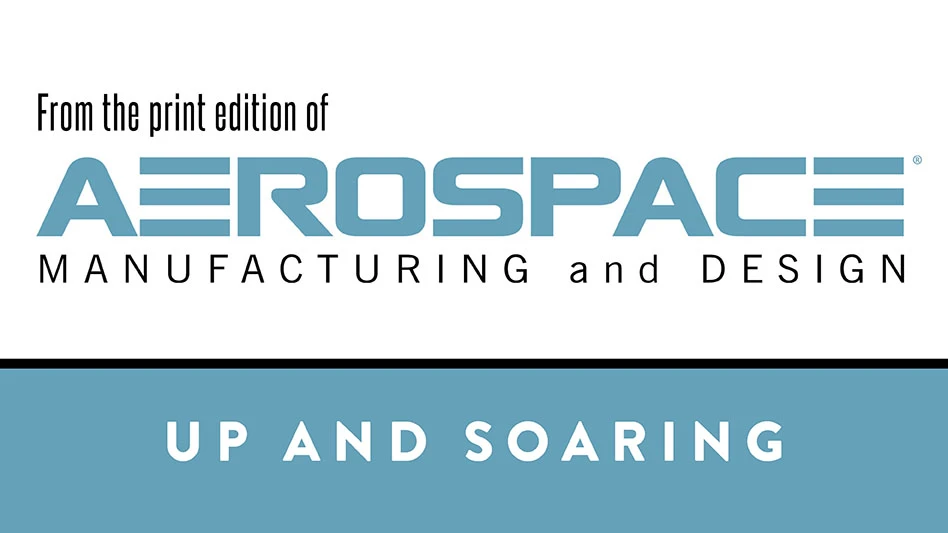
ISS image courtesy of ForwardEdge ASIC
Honeywell and ForwardEdge ASIC LLC, a Lockheed Martin Corp. subsidiary, have launched a strategic collaboration to develop high-reliability space microelectronics. As the semiconductor foundry of choice, Honeywell will support ForwardEdge ASIC’s pursuit of developing innovative solutions for space applications, such as satellites.
Honeywell has established itself as a proven industry-standard foundry for radiation insensitive semiconductor devices including Application Specific Integrated Circuits (ASICs), Static Random-Access Memories (SRAMs), Magneto Resistive Access Memories (MRAM), and other microelectronics.
“Honeywell’s foundry business has grown rapidly in the past several years, and we are committed to supporting the space community with technology that will increase performance, reduce risk, and improve mission success,” said Lisa Napolitano, vice president and general manager, Space, Honeywell Aerospace Technologies. “By collaborating with ForwardEdge ASIC, we can continue to innovate and develop new advanced solutions to support the space community by combining Honeywell’s trusted foundry technology with ForwardEdge ASIC’s leading architecture and design solutions.”
"This collaboration with Honeywell will provide ForwardEdge ASIC a path to deliver innovative IP and ASIC design solutions for space and Defense Industrial Base (DIB) applications,” said Paul Voit, chief technology officer at ForwardEdge ASIC. “Together, we can design and build the next generation of reliable, radiation-insensitive semiconductor devices.”
As a Defense Microelectronics Activity (DMEA) Category 1A accredited Trusted Foundry supplier since 2008, Honeywell has delivered more than 700 customer ASICs for space applications with no known failures. The company’s microelectronics are on most NASA space missions, including the Europa Clipper and the Curiosity Mars rover.
Latest from Aerospace Manufacturing and Design
- America Makes announces QTIME project call
- Innovation meets precision for 40% faster machining
- Upcoming webinar: Pro tips from a supply chain strategist
- Heart Aerospace relocates to Los Angeles
- Fixtureworks introduces Stablelock Clamps
- Piasecki acquires Kaman's KARGO UAV program
- PI Americas’ long-travel XY piezo nanopositioners-scanners
- AAMI project call submission deadline extended to May 12





